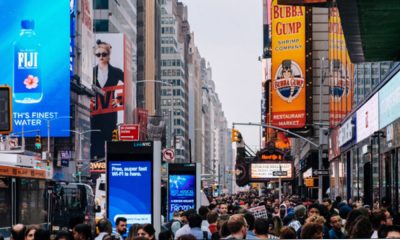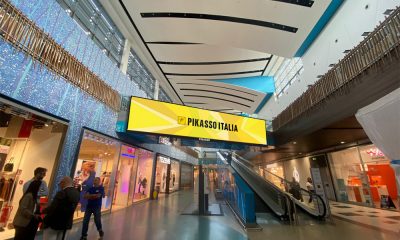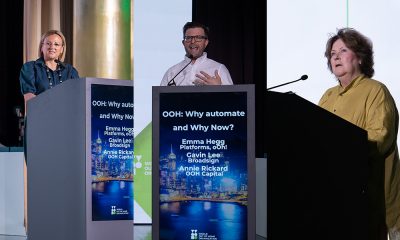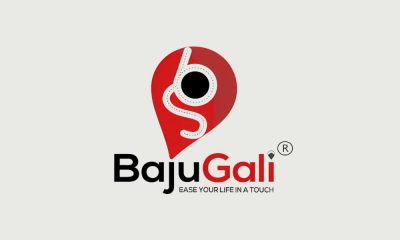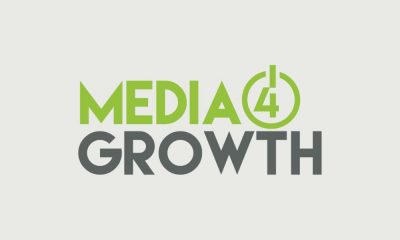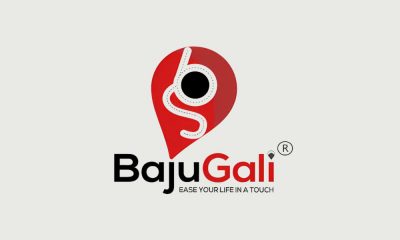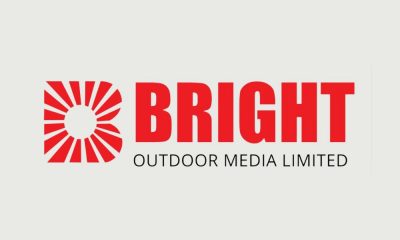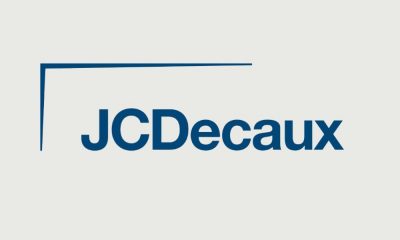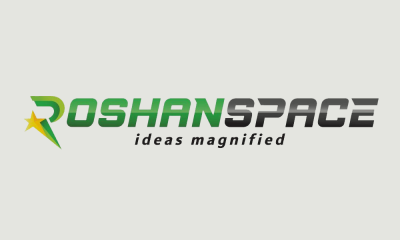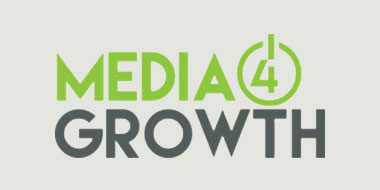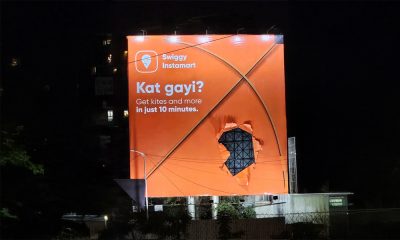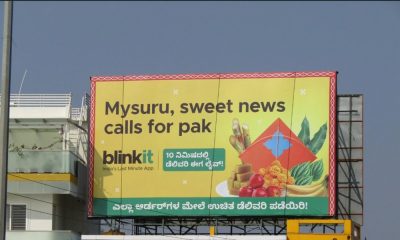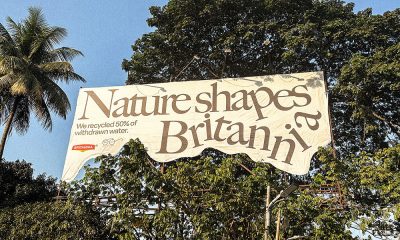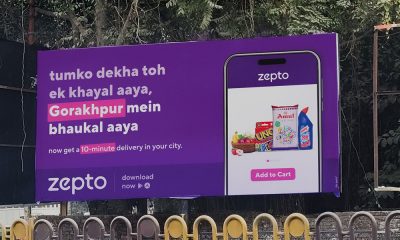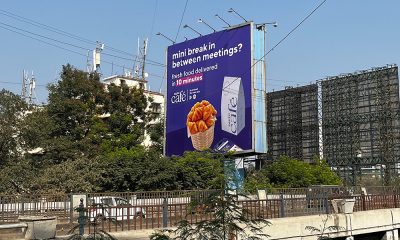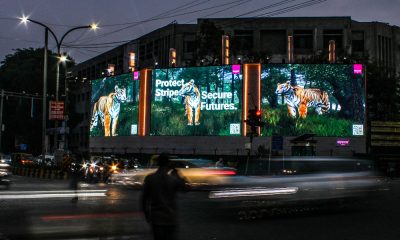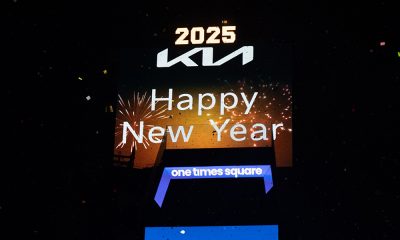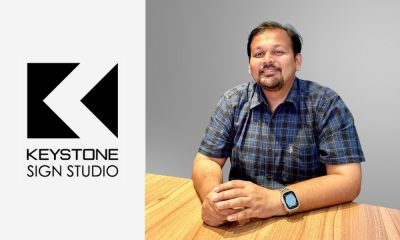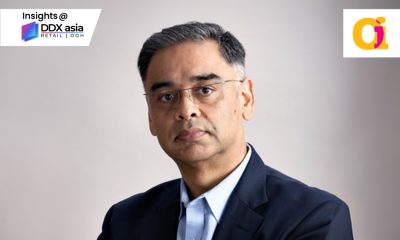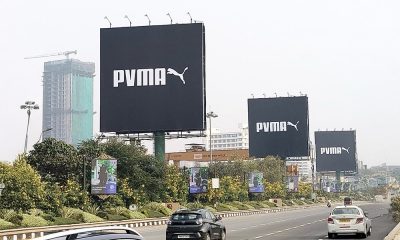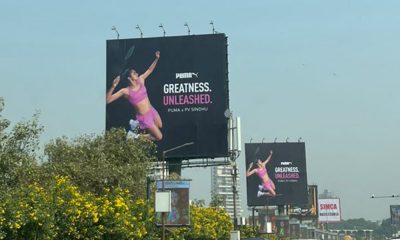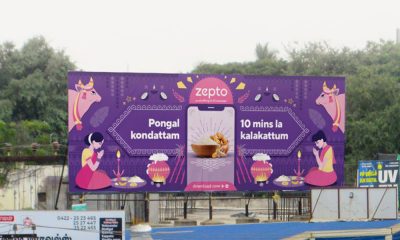Digital Network
‘We’re confident that programmatic will revolutionise OOH in Asia’
Remi Roques, General Manager – APAC, Broadsign asserts that pDOOH is making a significant contribution to the overall revenue growth of OOH. In an interview with Rajiv Raghunath, Remi points out that 70% of the transactions going through Broadsign Reach are incremental: they come from advertisers that usually buy online advertising.
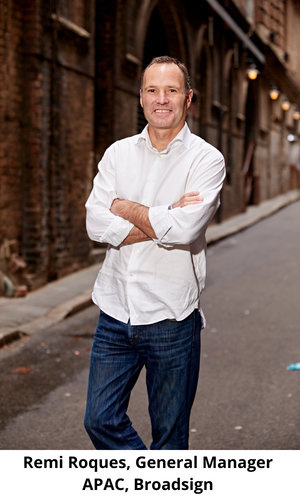 In the last two years, several major programmatic DOOH platforms have extended their reach to cover the Asian markets. What is Broadsign’s own experience in the Asian markets with regard to onboarding media owning firms on your pDOOH platforms?
In the last two years, several major programmatic DOOH platforms have extended their reach to cover the Asian markets. What is Broadsign’s own experience in the Asian markets with regard to onboarding media owning firms on your pDOOH platforms?
Programmatic on OOH, still to this day, receives mixed responses in Asia with a few media owners in Asia being hesitant to trade their inventory programmatically. They are unable to see the potential, do not have the audience data, or do not know enough about programmatic to give it a go. On the other hand, we see the more innovative media operators opt-in to learn, test and onboard their inventory on programmatic platforms resulting in some programmatic revenue building up and accelerating further growth in the sector. At Broadsign, we have seen an exponential growth of programmatic transactions in Europe and North America. I’m confident in saying that Asia will experience the same trend and am keen to explore this opportunity with any Asian media owner who would like to put this to the test.
Is pDOOH contributing to a significant growth in OOH/DOOH revenues in the Asian markets where programmatic platforms have found wider acceptance? And, which of the Asian markets are seeing greater onboarding of media operators on pDOOH platforms?
No surprise, the pDOOH is fast-growing worldwide, particularly in North America and Europe. In these countries, programmatic campaigns account for a significant percentage of the overall media owner revenue. In markets like Singapore, Hong Kong and Malaysia, some media owners are early adopters and have embraced it. COVID restrictions were and still are tougher in Asia than in other parts of the world, and as a result, the overall Asia continent is lagging in terms of programmatic adoption. At Broadsign, we are confident that Asia will catch up and programmatic will revolutionalise the OOH industry and contribute significantly to its exponential growth.
While advertisers are seeing distinct advantages in going the pDOOH way, some DOOH media operators have expressed concern over declining client spends on the medium owing to the flexibility that pDOOH offers to advertisers. Do you see these as real concerns?
Interestingly, we see the opposite. 70% of the transactions going through our programmatic Supply-Side Platform, Broadsign Reach, are incremental: they come from advertisers that usually buy online advertising. These advertisers would not have purchased OOH advertising if they did not have access to a DSP with Digital OOH inventory. Media owners are tapping into digital online budgets by proposing their inventory programmatically.
Moreover, 30% of transactions from advertisers already buying DOOH directly are at a premium price since media owners usually set a higher floor CPM for programmatically-sold inventory. Programmatic seems to be more expensive because it is flexible and plays at the right time when the target audience is in front of the screens. Why should media owners offer their inventory with so much advantage to buyers at a discount? Our software helps media owners grow their revenue by making programmatic slots harmoniously complementing directly sold campaigns.
pDOOH advertising also calls for timely response from brands and agencies with regard to creatives and the like. Are these mere teething problems in some markets, or are there any fundamental issues to be addressed when it comes to making pDOOH advertising a seamless experience for all?
I would argue that programmatic trading is more straightforward and has fewer delivery problems than direct trading. Advertisers or agencies upload their creatives and can do so at any time before the campaign starts. Media owners then approve the creatives, which is one mouse-click operation. Everything else is automatic and does not require a human being involved. Buyers can change creatives during the campaigns, making programmatic very flexible and simple. Buyers are in control.
India is seeing a step up in digitalisation of OOH media assets. Is Broadsign planning any foray into the Indian market, and what are the pre-conditions for your participation in this market?
Broadsign already operates in India and seeks to offer its technology to more Indian OOH media operators. Large roadside digital billboards in premium locations have a high return on investment. As the Indian economy is fast recovering from the COVID pandemic, I believe media owners should invest in digitalising their premium inventory. Additionally, with programmatic trading, this inventory is now available to agencies abroad wanting to advertise globally. Broadsign will continue to support media owners looking to improve their performance and growth their business by employing best-in-market digital software tools to run their network.
